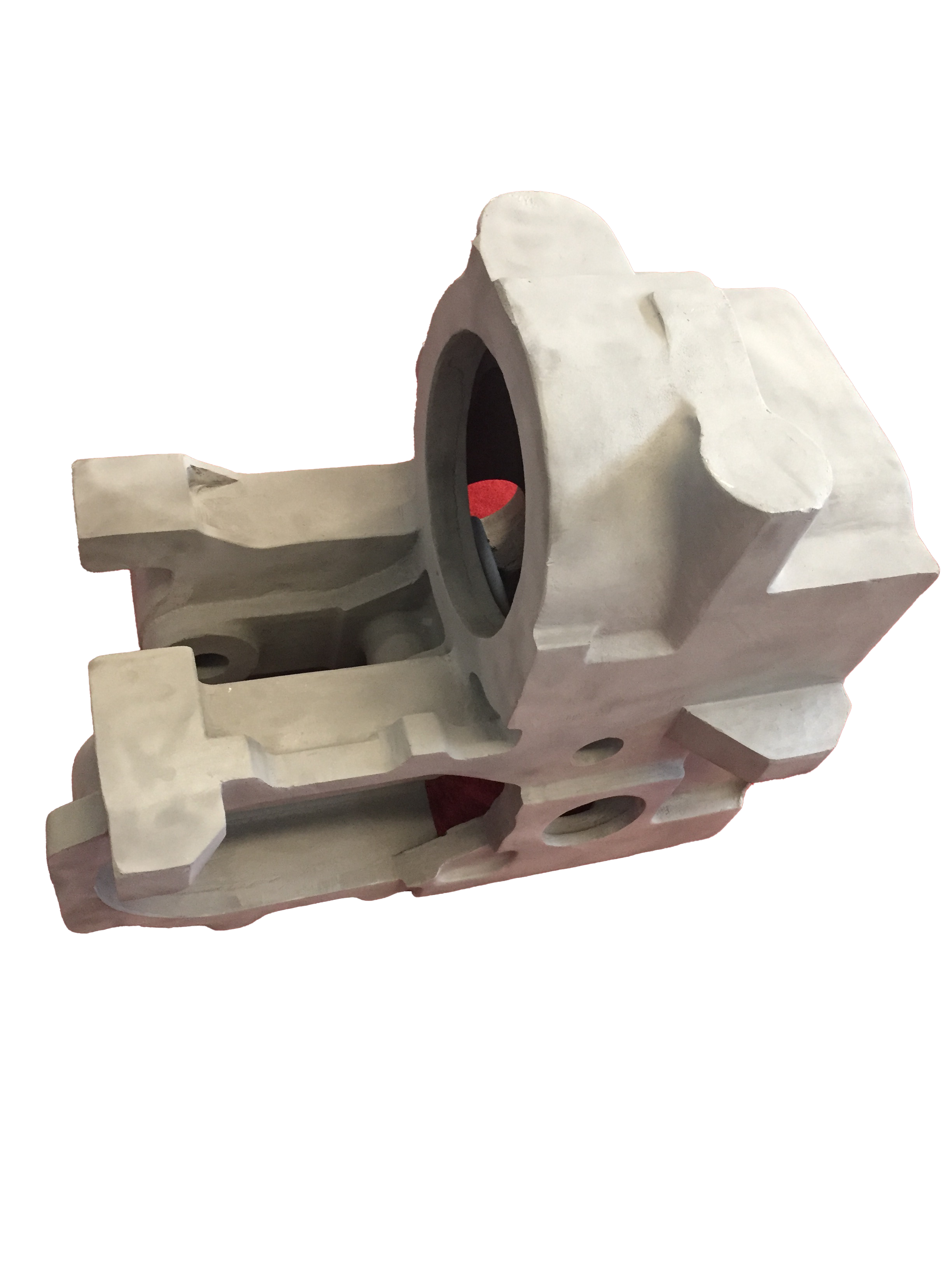E-posta biçimi hatası
emailCannotEmpty
emailDoesExist
pwdLetterLimtTip
inconsistentPwd
pwdLetterLimtTip
inconsistentPwd

Haberler
Why Is the Workpiece out of the V850 Machining Center Deformed(continued)
In the previous article, we mainly discuss the two factors, today, let’s continue!

Deformation caused by workpiece machining
During the cutting process, the workpiece is elastically deformed in the direction of the force due to the cutting force. Corresponding measures should be taken on the tool to deal with such deformation. The tool is required to be sharp during finishing. On the one hand, it can reduce the resistance formed by the friction between the tool and the workpiece in the machining center, and on the other hand, it can improve the heat dissipation capacity of the tool when cutting the workpiece, thereby Reduce residual internal stress on the workpiece.
In the turning of thin-walled parts, a reasonable tool angle is crucial to the magnitude of the cutting force during turning, the thermal deformation generated during turning, and the microscopic quality of the workpiece surface. The size of the rake angle of the tool determines the cutting deformation and the sharpness of the rake angle of the tool. If the rake angle is large, the cutting deformation and friction will be reduced, but if the rake angle is too large, the wedge angle of the tool will be reduced, the strength of the tool will be weakened, the heat dissipation of the tool will be poor, and the wear will be accelerated. Therefore, when turning thin-walled parts of steel materials, high-speed tools are used, with a rake angle of 6° to 30°, and a carbide tool with a rake angle of 5° to 20°.
If the clearance angle is large, the friction force is small, and the cutting force is correspondingly reduced, but the excessive clearance angle will also weaken the strength of the tool. When turning thin-walled parts, use a high-speed steel turning tool with a clearance angle of 6° to 12°, a carbide tool with a clearance angle of 4° to 12°, and a larger clearance angle for fine turning and rough turning. Take the smaller rear angle. When the inner and outer circles of the thin-walled parts of the car are used, take the larger main declination angle. The correct choice of tool is a necessary condition to deal with the deformation of the workpiece.
Stress deformation after machining
After the processing is completed, the part itself has internal stress. The distribution of these internal stress is a relatively balanced state, and the shape of the part is relatively stable, but the internal stress changes after removing some materials and heat treatment. At this time, the workpiece needs to re-balance the force, so the shape Change happened.
To solve this type of deformation, heat treatment can be used to stack the workpieces that need to be straightened to a certain height, use a certain tooling to press them into a straight state, and then put the tooling and the workpiece into the heating furnace together. According to the different materials of the parts, choose Different heating temperature and heating time. After thermal straightening, the internal organization of the workpiece is stable. At this time, the workpiece not only obtains a higher straightness, but also eliminates the phenomenon of work hardening, which is more convenient for further finishing of the parts. Castings should be aged, try to eliminate the internal residual stress, and use the method of reprocessing after deformation, that is, roughing-aging-reprocessing.
For large parts, profiling should be used, that is, the amount of deformation of the workpiece after assembly is estimated, and the amount of deformation is reserved in the opposite direction during processing, which can effectively prevent the deformation of the parts after assembly.
Conclusion
For more information about cnc turret milling machine,cnc face milling,plastic for cnc milling, we are glad to answer for you.

